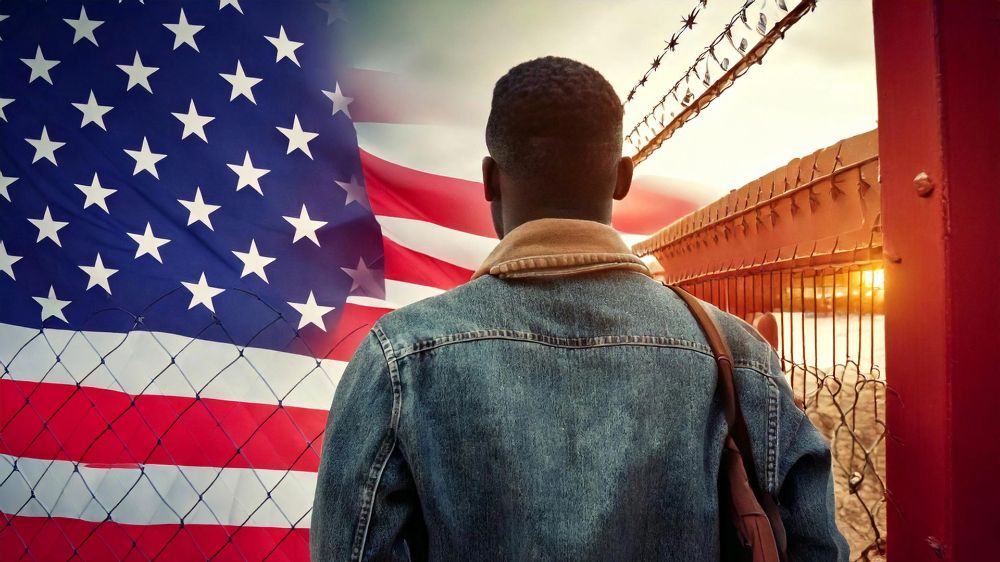What is Flagpoling?

Flagpoling is a term that refers to a specific process that people use when they want to change their immigration status or get a visa for Canada or the U.S. In simple terms, it involves going to the border between Canada and the U.S. and then quickly coming back to the country you were originally in.
How Flagpoling Works:
Flagpoling usually happens at a border crossing, such as the ones between Canada and the U.S. Here's how it typically works:
- Go to the Border: A person travels to a border crossing between Canada and the U.S. (this could be in person or at an airport).
- Exit One Country: The person exits one country (say, Canada) and enters the other country (the U.S.).
- Return Quickly: After entering the other country, the person will turn around and return almost immediately to the original country (Canada).
- Immigration Process: While at the border, immigration officials will process the person's visa, status, or application. It’s often a way to get a new visa or status (like applying for a visitor visa, or getting a work permit) without having to go through lengthy paperwork or waiting times.
This whole process can sometimes be completed in just a few minutes, which is why it’s called "flagpoling." The term "flagpole" comes from the idea that people would often do this near a literal flagpole at the border.
Why Do People Flagpole?
People might choose to flagpole for different reasons, including:
- Changing Visa Status: For example, if someone is visiting Canada and needs to extend their visa or switch to a different type of visa (like from a visitor visa to a work permit).
- Renewing Work or Study Permits: If someone’s work or study permit is about to expire, they may flagpole to renew it at the border.
- To Get a U.S. Visa: Some people from Canada may flagpole to apply for a U.S. visa, even if they’re not planning to stay there long-term.
Flagpoling can be quicker than other immigration processes because people are processing their status directly at the border.
A Brief History of Flagpoling Between Canada and the U.S.
Flagpoling began as a practice mostly used by Canadians and people living in Canada to deal with certain immigration processes without needing to wait in long lines or deal with complicated applications. In the past, people might have had to leave the country and go to a consulate in another city to get a visa or permit. But because Canada and the U.S. have close connections, many people figured out that they could do this process more quickly by crossing the border back and forth.
Over time, it became a common way for Canadians and people in Canada to deal with their U.S. immigration paperwork. Although it’s a helpful shortcut for some, it's not always possible for everyone, and immigration officers may ask for more information or deny the request in certain situations.
In recent years, the U.S. has made some changes to its visa policies, and flagpoling has become less common for certain cases. It’s important to be aware of any current rules and updates before attempting flagpoling.
In late 2024, Canada decided to end flagpoling for individuals seeking work or study permits at border ports of entry, marking a significant shift in immigration policy. The decision is part of a broader effort to strengthen border security and streamline operations, allowing both Canadian and U.S. officers to focus on border enforcement. This move appears to be part of Canada’s efforts to deter U.S. President-elect Donald Trump from imposing tariffs on Canadian goods. The changes come alongside a proposed $1.3 billion investment in border security to enhance monitoring and enforcement measures along the Canada-U.S. border.
PDF of The 67 American Products to Boycott If Tariffs Against Canada Are Implemented
How to Boycott 67 US Products to Combat Tariffs Against Canada
How To Replace 67 American Products You Use With Canadian Products

